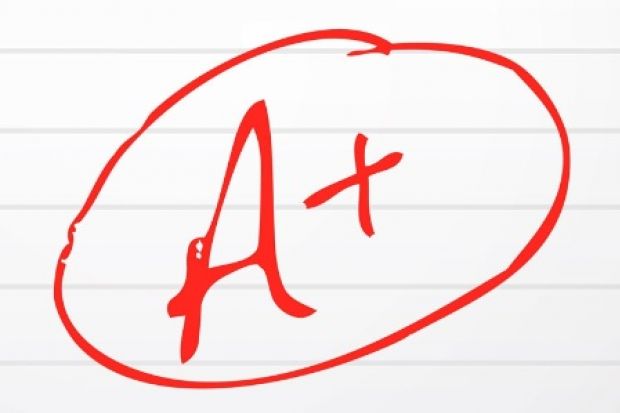Universities are under increasing pressure to satisfy students, but feedback has, for some years, been the aspect of the student learning experience which attracts the lowest approval ratings.
The feedback dilemma is that feedback is one of the most effective ways of stimulating improvement but at the same time it is tricky to carry out effectively. Feedback can be hard for students to interpret and it can be difficult for them to act upon. The way university courses and teaching are organised do not facilitate the kind of continuity and relationships in which feedback can thrive.
Feedback is quite a slippery term. What exactly does it mean? By feedback, I don’t just mean comments from teachers to students, but also processes through which students make sense of information from peers or teachers and use them to enhance their work.
This focus on student use of feedback signals imperatives for new ways of thinking about feedback, qualitative changes in the kinds of strategies used.
Without understandings of how feedback operates and its potential value, it is difficult for students to appreciate and use feedback. In a recent open access article in the journal Assessment and Evaluation in Higher Education, David Boud and I refer to these understandings as “student feedback literacy”.
Student feedback literacy denotes the understandings, capacities and dispositions needed to use comments for enhancement purposes. Four inter-related features represent the essence of students’ feedback literacy: appreciating feedback, making judgments, managing emotions and taking action.
Students need to appreciate feedback processes and see their value. Students need sustained practice in making sound academic judgements about their own work and that of others. Students need to avoid knee-jerk reactions to critical feedback and appreciate it as a tool for improvement. And students need to take action to improve. Unless comments are taken up, there is minimal value in feedback.
The development of student feedback literacy places development firmly in students’ hands. After all, it is only the student who can learn. It is unrealistic to expect teachers to provide more and more comments to large numbers of learners.
The teacher’s role is mainly to design the curriculum in ways in which feedback can be used. Students develop their feedback literacy through activities embedded across programmes and at progressively higher levels of sophistication.
Enabling activities to support the development of feedback literacy mainly involve students in making academic judgments. The ability to judge the work of oneself and that of others is a crucial skill both for academic success, for the workplace and for lifelong learning.
Peer feedback is a valuable way of enabling students to practice the making of academic judgments but its potential is often underexploited. There is a need to convince students of the value of peer feedback. Receiving and acting on comments from peers or associates is a core element of academia and the workplace.
Students need training and coaching in how to provide comments to their peers. Without this kind of support, learners may not be clear about the benefits of the activity, and so may fail to involve themselves fully.
The great value of peer feedback is not just in receiving comments. When analysing the work of others, we become more sensitive to the strengths and weaknesses of our own writing.
Feedback literacy is not a natural skill for learners to acquire because it involves the development of complex capacities. These include challenges, such as facing up to ones weaknesses and summoning the willpower to strive for continuous improvement.
Increasingly common discourses of students as consumers may reinforce instrumental attitudes to learning and inhibit students from taking responsibility for developing their own knowledge and skills. This may lead to passive student reactions to feedback and perceptions that it is the teacher's role to tell students what to do to achieve high grades.
Facing up to this challenge might be a way forward. Students with well-developed feedback literacy achieve high grades. This could be a carrot to attract students.
If they want to achieve high grades, students need to understand expectations, learn how to self-evaluate their work during its production and become active seekers of feedback. These are the attributes of both feedback literate and high-achieving students.
Teachers are catalysts for the development of student feedback literacy when they organise curriculum and assessment in ways which provide students with multiple opportunities for generating and using feedback. The most important thing is an active student role in feedback.
David Carless is a professor of education at the University of Hong Kong.
Register to continue
Why register?
- Registration is free and only takes a moment
- Once registered, you can read 3 articles a month
- Sign up for our newsletter
Subscribe
Or subscribe for unlimited access to:
- Unlimited access to news, views, insights & reviews
- Digital editions
- Digital access to THE’s university and college rankings analysis
Already registered or a current subscriber? Login




